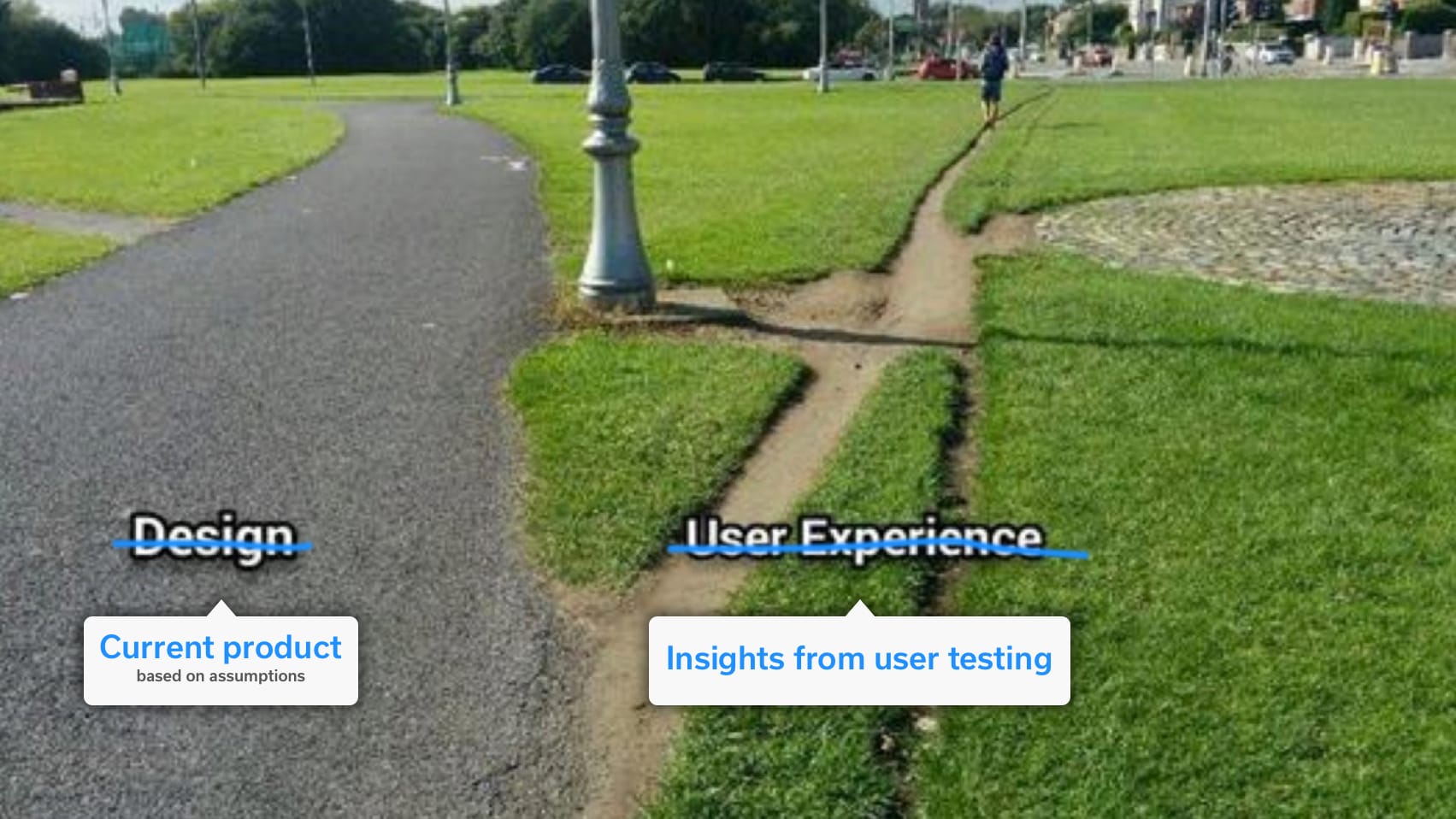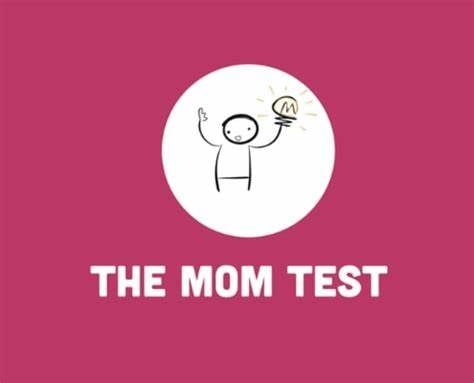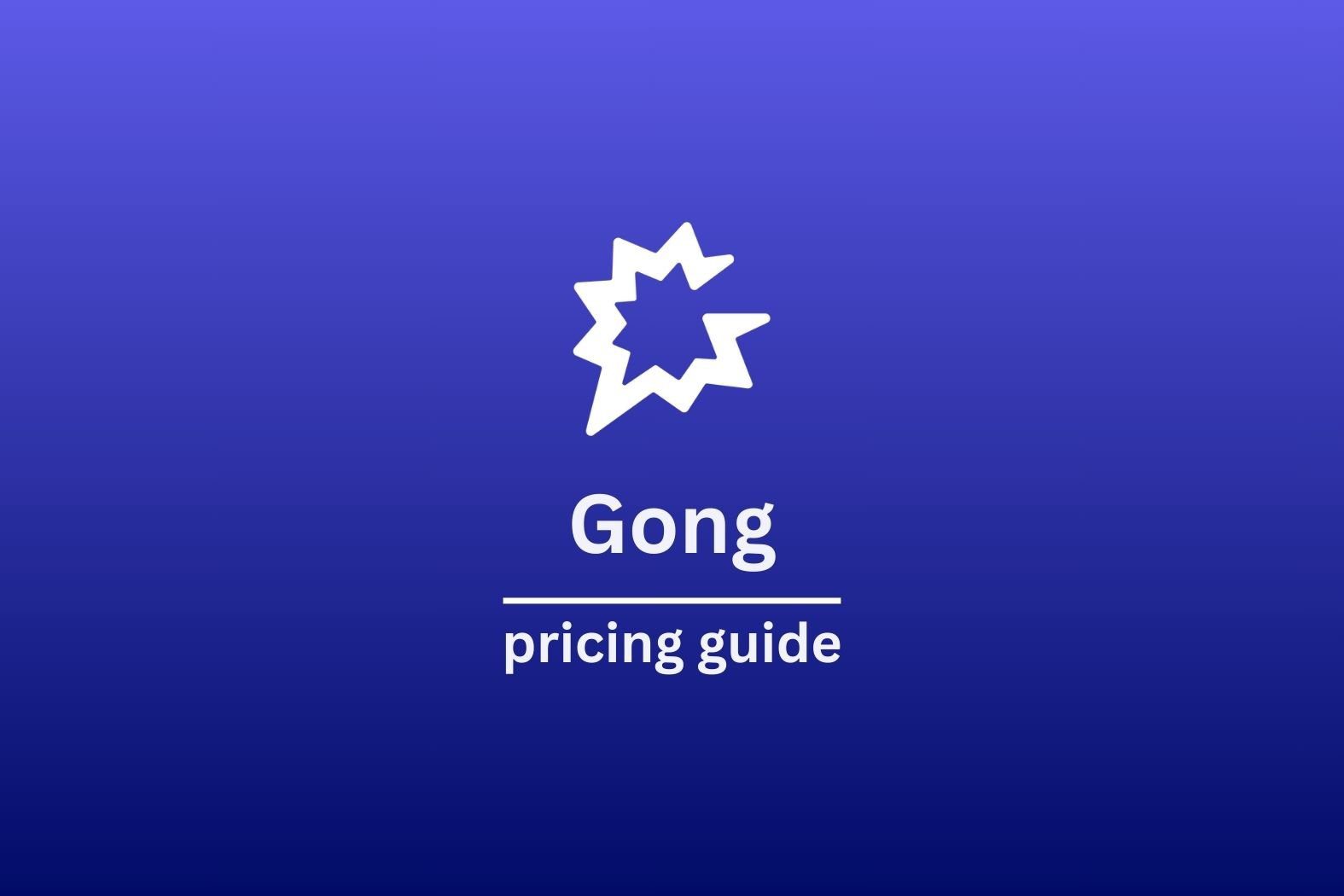Ever asked your mom if she liked your business idea – or any idea for that matter? Unless she has a heart of stone, she probably said yes. She may not understand it, she may not even like it, but she likes you. She believes in you.
What a useless source of research she is…
The Mom Test was designed specifically to convert even the most warm-hearted, loving, and jolly mothers into cold, hard facts. Who needs a mother’s love when you could have powerful user research for your multi-million dollar idea?!
Well, the good news is that you don’t need to tear your mom’s heart from her sleeve. You don’t have to force her to be an unemotional robot. In fact, she doesn’t need to change at all. What needs to change is you – and that’s where the Mom Test questions come in.
@tldv.io If my mom would like it, then it passes. Right? // @been.ian skipped one of our meetings to finish this #product #tech #momtest ♬ original sound – tldv.io – AI Meeting Recorder
What is the Mom Test?
Simply put, the Mom Test is a strategy for getting insights out of potential users, even when said potential users may be prone to lying to you. You mom is the example in this strategy: she will say she likes something because it’s you that’s asking.
This is true for others, too. If you pitch them an idea, bursting with passion and excitement, nobody will want to break it to you that your idea is sh*t. They don’t want to see you cry.
Some users may unconsciously lie, or tell white lies for their own reasons:
- embarrassment
- not wanting to cause offense
- the pressure of being put on the spot
- unaware of their true feelings
- misunderstand the question
- error of memory
The truth is: your users don’t always tell you the truth. Whether consciously or not, users can’t always put into words their exact thoughts and feelings, and even if they did, the chances are high that your brain would interpret things in a different way to what was originally meant. That’s life. That’s communication.
However, the Mom Test is designed to be able to get a deeper sense of how the potential user is feeling about something, without them having to consciously think about it.
Here’s a video that summarizes the Mom Test succinctly.
History of the Mom Test
The Mom Test became a thing in 2019 when Rob Fitzpatrick put pen to paper and wrote the best-selling book, The Mom Test: How to Talk to Customers & Learn If Your Business Is a Good Idea When Everyone Is Lying to You. A no-nonsense book that gets straight to the point, Rob Fitzpatrick makes it abundantly clear that the best way to find out about your idea is by asking questions about the customer.
The Mom Test Summary
You don’t ask your mom whether she likes your idea for a new cookbook app. You ask her how, when, and why she uses her device, and about her current cookbooks. The question about your idea will likely lead to a false answer, while the questions about her activities (a.k.a Mom Test questions) will give you insight into what she actually likes and wants from a product.
In essence, you’re getting to the bottom of what the user actually wants, rather than trying to force your idea down their throat. You’re listening to the user without misinterpreting what they’re saying.
@tldv.io We love constructive criticsm #productmanager #product #tech #productmanagement #corporatehumor #startup ♬ original sound – tldv.io – AI Meeting Recorder
What Does the Mom Test Seek to Achieve?
According to Fitzpatrick, how useful an early customer conversation is depends on whether it gives us hard facts about our customers’ lives and world views. To drive early customer interviews towards facts rather than opinions, he proposes a simple test.
- Talk about their life experiences instead of your idea
- Get info on specifics from the past rather than generalizations about the future
- Talk less and listen more
These simple steps seek to achieve stronger insights than you’d ever get if you asked them questions like: do you like my idea?
Get Rid of the Fluff
The author pinpoints 3 types of ‘fluff’ to eradicate at all costs.
- Generic claims (I always, I usually, I never)
- Hypothetical maybes (I might, I could)
- Future-tense promises (I would, I will)
By eliminating these pieces of fluff from the conversation, Fitzpatrick suggests you can boil down to the core of truth in each statement. If a user mentions one of the fluffs, you can redirect him by asking:
- When did it last happen? Could you talk me through the experience?
- How did you solve the problem last time? What else did you try?
These kinds of questions will get the user talking about specifics. They will use their memory to reflect on actual events and user experiences, instead of generalizing.
How Can the Mom Test Be Applied to Product and User Research?

The above image reflects the issue rather well. Your idea, the one that’s on your mind so much that you’re starting to question whether you have a brain-eating parasite living inside your skull, is like the paved path. The worn path that’s actually used is what the user wants. They couldn’t give a flying f*ck about your idea. They want ease-of-use, and the quickest, most direct route.
If you approach users with the wrong questions, you’ll end up thinking your own idea is brilliant. That’s why it’s critical to enter user interviews with a solid plan. Not only will this help you get the best user insights, it’ll also prevent you from getting carried away talking about your idea. Keep the focus on the user and the facts will flow towards you like a magnet.
Every so often, a customer will suggest a feature that could solve one of their problems. Instead of accepting it on face value, Fitzpatrick suggests you dig a little deeper.
Mom Test Questions
When a customer makes a request, get them to explain exactly how and why that would help them.
- Why do you want that?
- What would that empower you to do?
- How are you managing without it?
- How would that fit into your day?
- Do you think we should push back the launch to add the feature, or is it something we could include at a later date?
See how these questions lead the user to give more detailed feedback, which in turn creates more powerful research data for you?
"You aren’t allowed to tell them what their problem is and in return they aren’t allowed to tell you what to build."
Rob Fitzpatrick, Author of 'The Mom Test' Tweet
The Most Important Thing in User Research
Rarely said but often experienced, ill-conducted user research is worse than doing no research at all. This is especially the case thanks to things like confirmation bias which reinforces wrong beliefs. This is even stronger if the Mom Test questions are not applied.
Don’t get me wrong. There will always be bias to some extent, and the Mom Test, no matter how well performed, won’t eradicate bias entirely. But being aware of it, and trying to limit it as much as possible, will definitely improve your research.
The Mom Test should be the foundation of EVERY interview! If you can get good insights out of your mom, you can get them from anyone.

How tl;dv Improves Your Mom Test Game (For Free)
So you might have thought that the Mom Test had improved your research enough. No, no, no, my friend. You want to get the real juicy insights? Let’s take things up a notch.
tl;dv video records and transcribes user answers to Mom Test questions during Google Meets and Zoom calls, thereby allowing for further analysis, easy revisitation, and simplified sharing of insights. You can easily edit a video recording, creating highlights that you can share in a simple click, regardless of your choice of research repository.
Rewatching recordings also lets you scrutinize your own style of interviewing, identifying moments in which you may not have phrased a question well, or missed subtle cues that suggest the user is not being entirely honest. This helps user researchers continuously improve upon their interviewing technique.
As a remote UX research tool with one of the best freemium plans in the business, tl;dv is available to try today at no cost to you whatsoever.
If you’ve been looking for the perfect product research tool to help you convert the voice of the customer into actionable insights, you’ve come to the right place.





